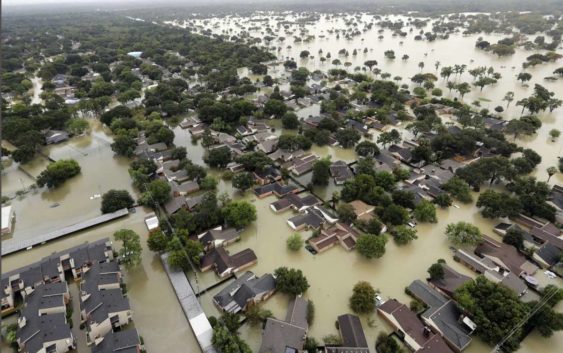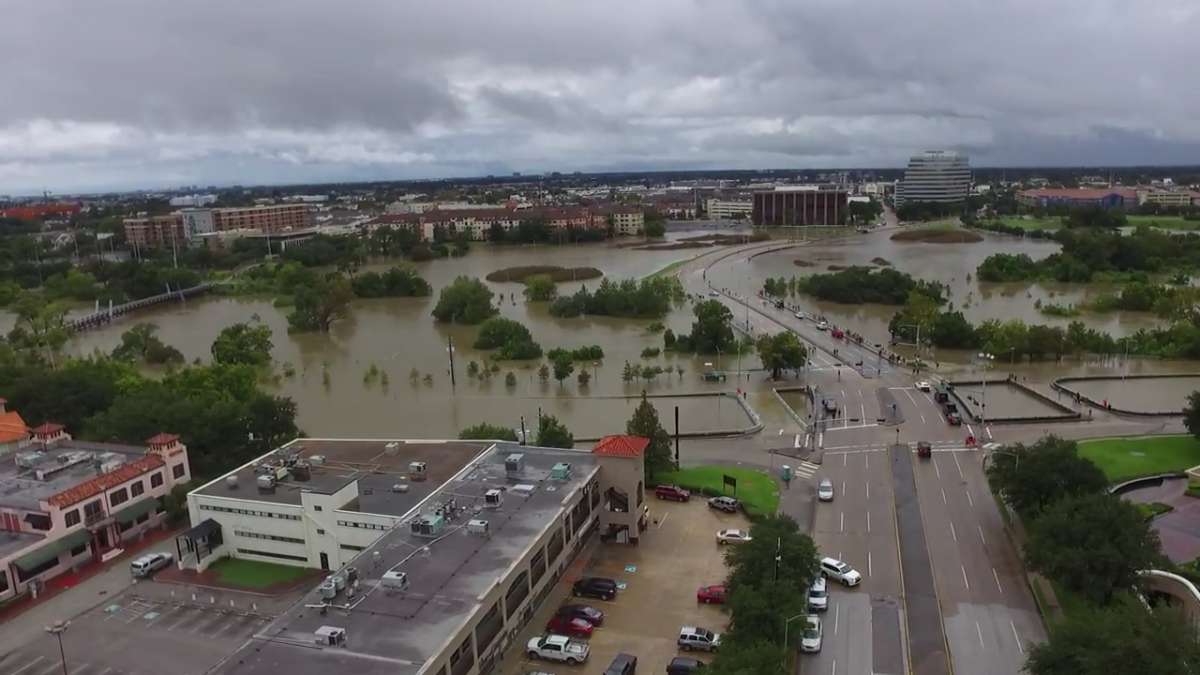- Austin adopts new map that greatly expands area at risk of wildfire
- CenterPoint Energy accelerates infrastructure improvements ahead of hurricane season
- Carolina Hurricanes playoff tickets go on sale Thursday
- Ask the Meteorologist: Why do tornadoes target Tornado Alley, Dixie Alley?
- Nonprofit closes distribution site that aided thousands after Hurricane Helene
NASA warns of a 'moon wobble' coming soon. Dramatic flooding could follow.

Apparently things will be getting wild in 2023.
According to a new study by the NASA Sea Level Change Science Team from the University of Hawaii, every coast in the United States will see an increase in high tides because of a “wobble” in the moon’s orbit. The team goes on to say that those high tides will kick off a “a decade of dramatic increases in flood numbers” in the 2030s.
In a USA Today report, NASA explains the correlation of global sea-level with the moon’s orbit.
“High tides get higher, and low tides get lower. Global sea-level rise pushes high tides in only one direction – higher. So half of the 18.6-year lunar cycle counteracts the effect of sea-level rise on high tides, and the other half increases the effect,” NASA explains.
Scientists say there’s nothing new or dangerous about the wobble. In fact, the first report of a moon wobble dates back to 1728.
“What’s new is how one of the wobble’s effects on the Moon’s gravitational pull – the main cause of Earth’s tides – will combine with rising sea levels resulting from the planet’s warming,” NASA says.
READ ALSO: San Antonio’s biggest posse of egrets is flocking to Brackenridge Park. And they’re not done yet.
What parts of the U.S will be impacted the most?
According to researches at NASA, almost all U.S. mainland coastlines, Hawaii, and Guam will see a leap in flood numbers.
“Only far northern coastlines, including Alaska’s, will be spared for another decade or longer because these land areas are rising due to long-term geological processes,” researchers say.
How bad will the increased flooding get?
“The floods will sometimes occur in clusters lasting a month or longer, depending on the positions of the Moon, Earth, and the Sun,” the study states.
Phil Thompson, an assistant professor at the University of Hawaii and the lead author of the new study, points out that while hurricanes bring more water than high-tide floods, it will have a major impact.
“If it floods 10 or 15 times a month, a business can’t keep operating with its parking lot under water,” he says. “People lose their jobs because they can’t get to work. Seeping cesspools become a public health issue.”
